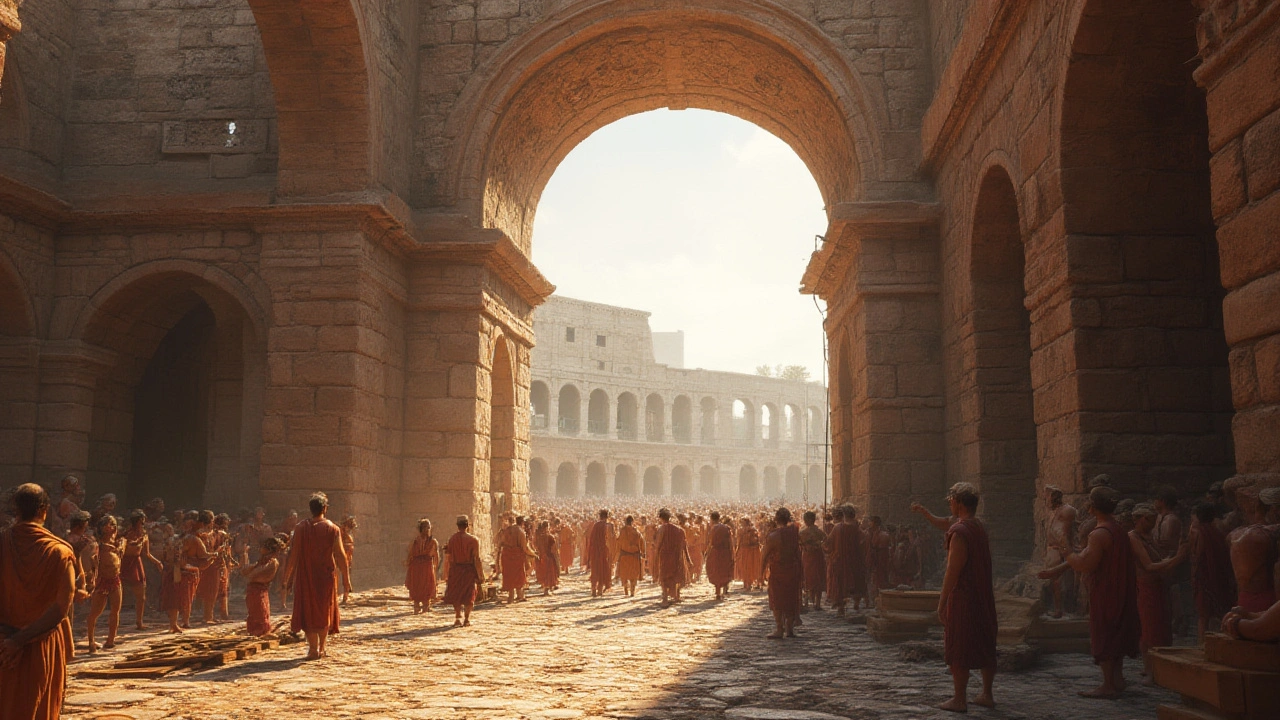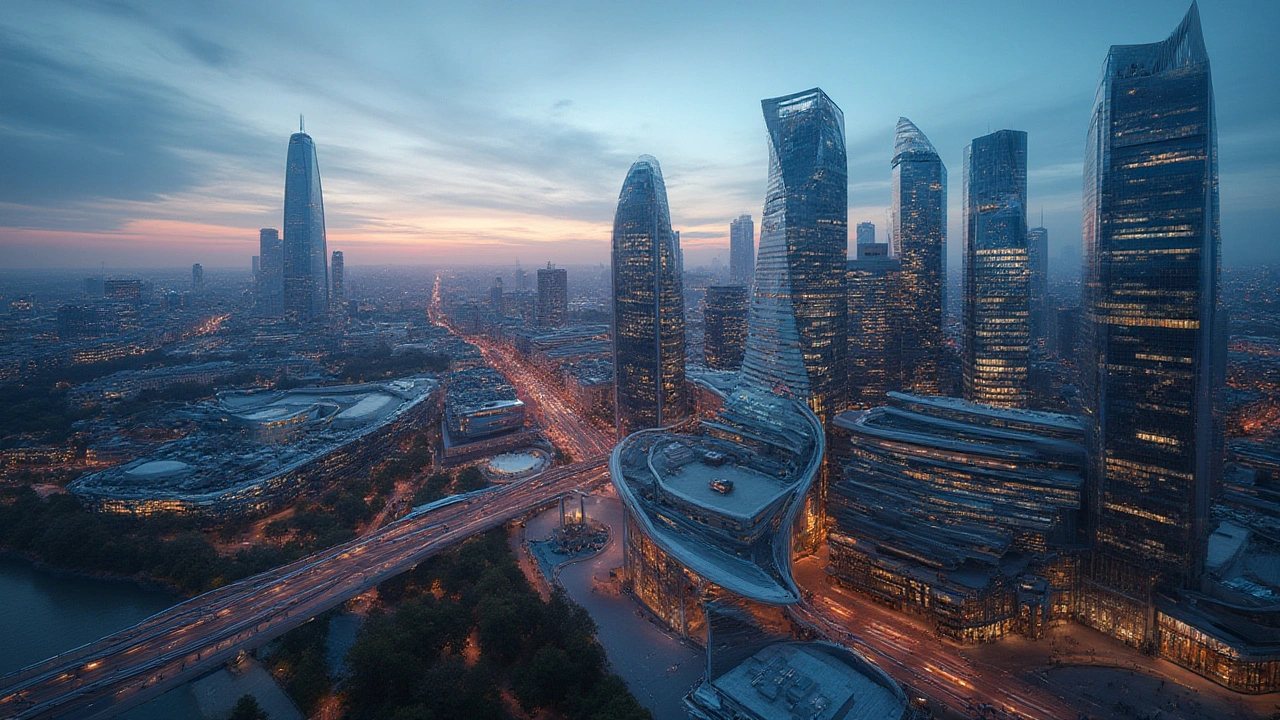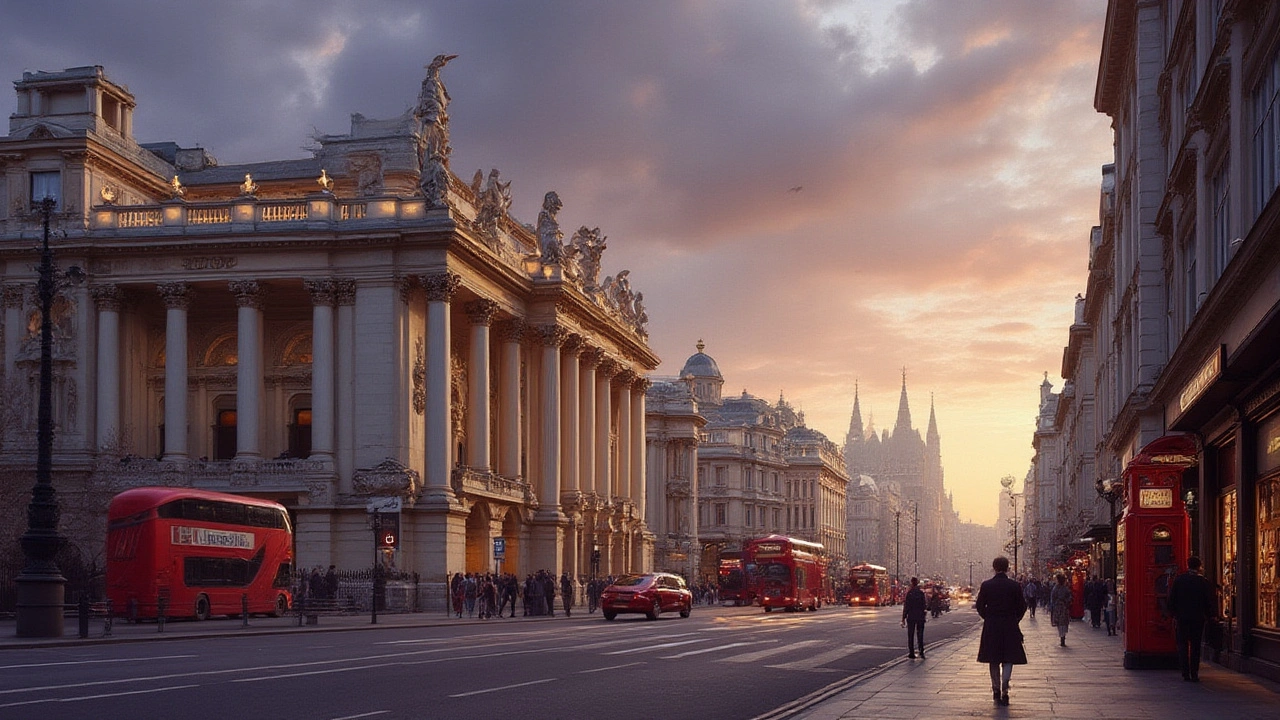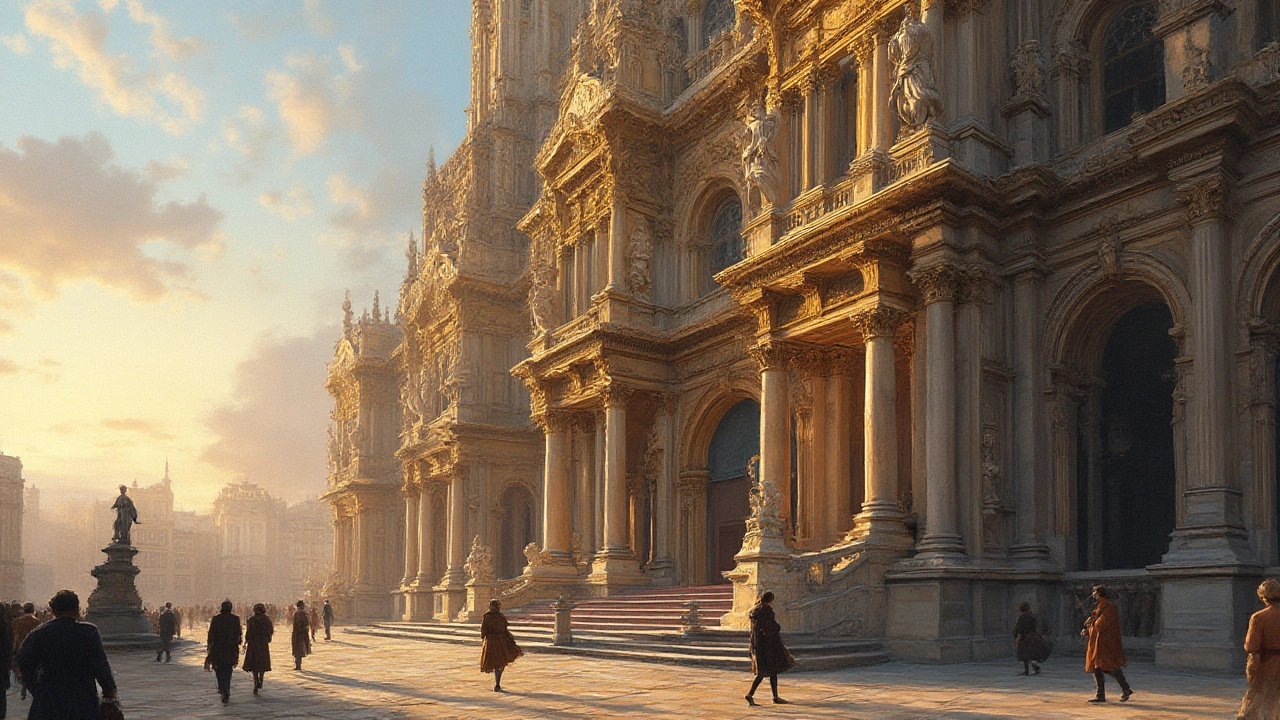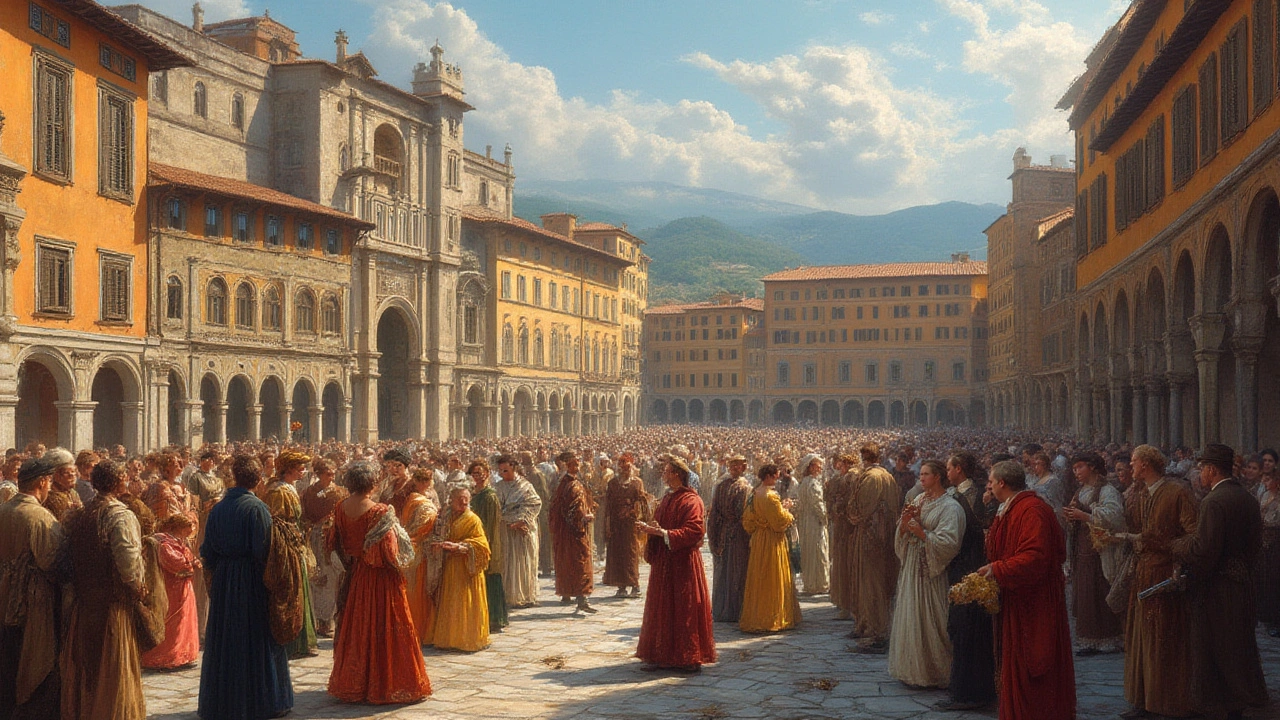Explore the enduring appeal and fascinating stories behind Beaux-Arts architecture, its origins, significance, design tips, and global impact.
July 2025 Archive — What mattered in architecture this month
Nine posts landed on Architectural Artistry Chambers in July 2025. They covered old masters and future visions — from Roman concrete tricks to neo‑futurist skylines. This page pulls the main takeaways and practical tips so you can find the posts that match your interests fast.
Key styles and what they teach
Beaux‑Arts showed up twice: one piece looked at its classic glory and ornament, the other traced how those principles shaped whole cities. The clear lesson: strong axes, balanced proportions, and civic scale still guide memorable public buildings. If you’re designing a façade, think of measured symmetry and a few bold decorative moves rather than clutter.
Ancient Roman techniques remind designers why material knowledge matters. The post breaks down Roman concrete, arches, vaults and how those systems delivered durability and economy. For modern projects, that means experimenting with local binders and compression forms when you need long‑lasting structures rather than just visual mimicry.
Constructivist architecture offered a different angle — purpose over prettiness. The review highlights Russian avant‑garde work that used geometry and industrial materials to serve social programs. When you need visual clarity, try stripping ornament and letting structure express function.
High‑Tech architecture showed how exposed systems and glass‑and‑steel aesthetics reshape skylines. The practical takeaway: combine visible structure with smart service planning so maintenance, flexibility and daylighting all work together. Adaptive façades and modular systems keep buildings useful longer.
Georgian and Baroque pieces gave contrasting lessons. Georgian design is all about restraint — consistent proportions, sash windows, and refined brickwork. Baroque pushes drama: curves, light play, and theatrical composition. Use Georgian rules when you want calm order; use Baroque moves when you want emotional impact.
The Renaissance guide is a short, student‑friendly primer on proportion, human scale, and the era’s key figures. It’s a good reference if you’re learning drawing or basic composition — practice measuring façades against simple proportions and human heights to improve designs fast.
Neo‑Futurism closes the month with forward thinking: dynamic forms, parametric ideas, and new materials. The advice here is practical: sketch bold massing, test forms digitally, then simplify details for buildability. Future‑looking design works best when paired with clear construction logic.
Practical design tips from the month
Want quick application ideas? Use Beaux‑Arts proportion rules to organize modern mixed‑use blocks. Apply Roman vault logic to long‑span interiors where durability and light control matter. Borrow Constructivist clarity for civic signage and circulation. For sustainable retrofits, follow High‑Tech approaches by making systems accessible and visible for easy upgrades.
Each post includes examples and visuals to help you apply these ideas. Pick a style you like, copy one rule from it, and test that rule on a small project. If you want specific links or a reading order through these nine posts, say the word — I’ll map a path based on whether you’re a student, a practicing architect, or just curious.
Explore the incredible techniques behind ancient Roman architecture—uncover their iconic arches, concrete secrets, and groundbreaking innovations.
Discover the pioneers of Constructivist architecture and their bold, rule-breaking creations that shaped the face of modern design in Russia and beyond.
Discover how high-tech architecture blends technology and modern aesthetics, reshaping city skylines with iconic glass and steel structures. See the impact on today’s urban life.
Explore how Beaux-Arts architecture transformed city design, influenced urban planning, and left a legacy on skylines around the world. From grand buildings to boulevards, see its mark everywhere.
Discover what makes Georgian architecture unforgettable—symmetry, sash windows, iconic brickwork, and refined detailing that shaped history from London to Boston.
Discover how Baroque architecture captures drama, movement, and opulence. Explore its origins, key features, and influence across history and today.
Discover the Renaissance—a time of genius, beauty, and innovation. From Florence to Leonardo, get the basics on art, ideas, and drama that changed Europe forever.
Explore the exciting movement of neo-futurism in art and architecture, its unique vision, iconic examples, and how you can spot and harness future-forward creativity in daily life.

